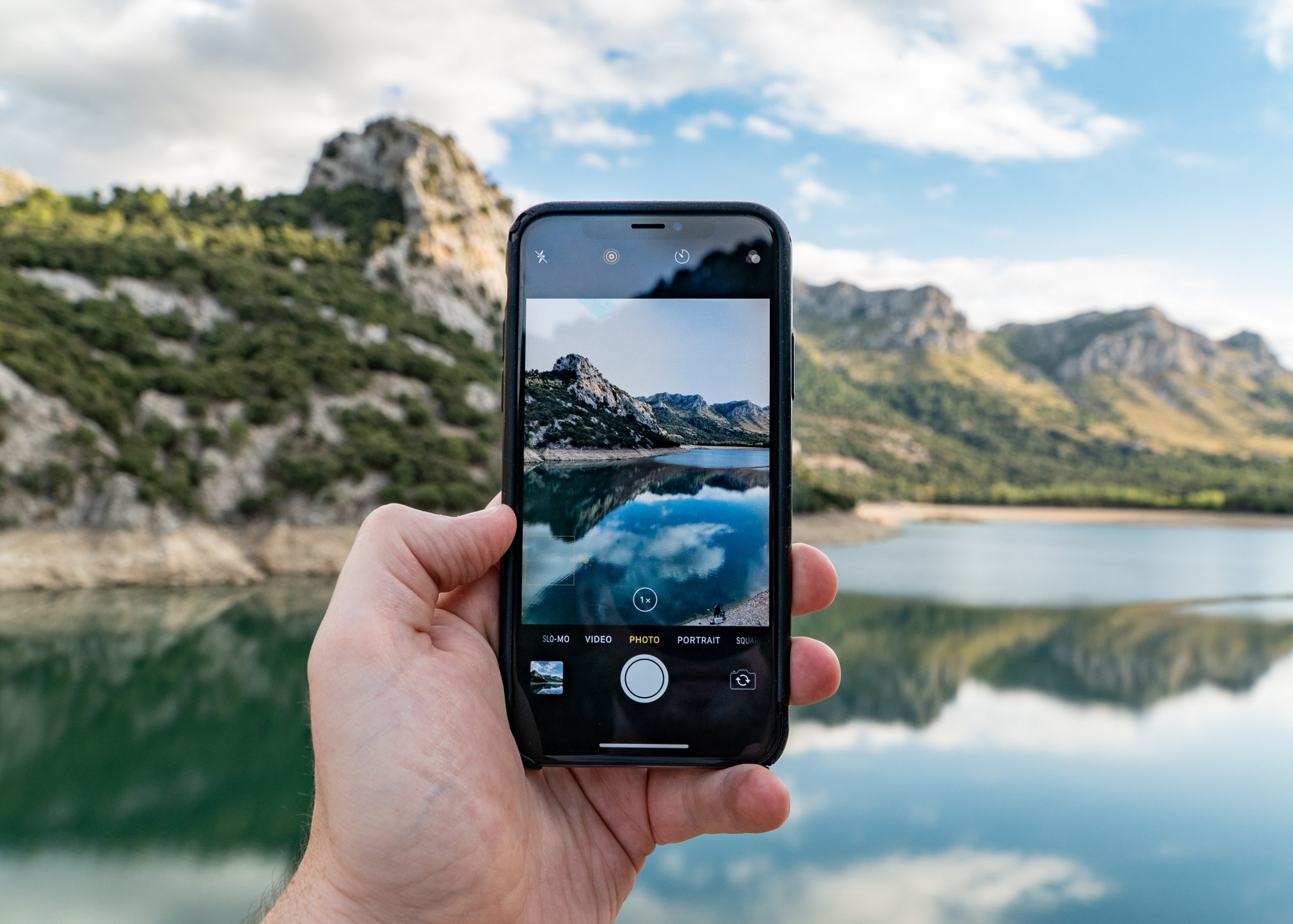App developers are leveraging cameras on mobile devices in creative ways. Snapping a picture, and having databases match your search, is the new way to search for information and learn. Image recognition technology is speeding up our traditional information-seeking methods.
PictureThis- Plant identifier App has users take a picture of a plant and the app will identify the plant, and provide tidbits of information on the plant. I immediately thought this app would be so beneficial when camping and trying to determine if a plant is poison ivy or not. If you want to improve the health of your plant, the app will identify the plant, then offer ways to treat illness or disease. This beats having to type into a search engine and compare pictures to what you see. Inevitably, this saves you time and mobile data if you are out on remote trails!
Fitness Pal’s in-app camera scans meals and logs them. Then, provides educational nutrition information about food choices. Users of fitness pal are familiar with typing in meals or scanning UPCs of food items, then logging serving amounts etc. into the app. However, a recent development in the app, is that now users can take a picture of their meal, and the app will recognize the meal and automatically record food choices. Again, taking a picture reduces the time it takes to manually record, ultimately making the meal tracking process easier and nutrition information quickly accessible.
I envision in the future, this being more common in education apps. Possibly, if a child takes a picture of a bridge, then there may be an engineering lesson that follows describing how it is built? Snap, search and learn.
Feature image credit: https://unsplash.com/photos/FWoH2qhLb5I?utm_source=unsplash&utm_medium=referral&utm_content=creditShareLink

Snap, Search & Learn
Posted in Mobile Education
4 Comments
Leave a Reply
You must be logged in to post a comment.
Hi Agnes, thanks for your post. The first time I heard about the plant identifier app, I was so incredibly excited. I love plants, but I definitely still have a lot to learn. There were so many instances in the past where something was wrong with a particular plant and I wasn’t doing a good enough job of explaining it on Google in order to find the appropriate results. These picture apps help you express what you can’t with words.
On the other hand, I think about what this might develop into. Could I take a picture of a random person someday in the future and be able to identify everything they’re wearing? Their identity?
Danya, I wonder if clothing companies would move in that direction for fashion or ads. Instead of ads being on computers or streaming services, instead, they may use this sort of technology? I hope there are strict regulations to avoid this technology advancing to be used on humans. As you mention, taking a picture of someone and being able to identify them, solely from the photograph is quite worrisome.
With respect to images identifying people, Google photos already does this to an extent. In my Photos app, with enough photos in the database, Google has automatically created albums for each of the individuals who appear most frequently in my photos – family, close friends, even one for each of my pets. At least in the case of Google Photos, I still have to label who is who, but it uses facial recognition software even in some fairly blurry pictures. With a large enough photo database (i.e. hundreds of thousands of publicly available phots from social media and other websites, along with the metadata and labels tied to those photos and the increasing power of AI, I feel like this capability is not far in the future.
Hi Agnes, these apps are both excellent representatives of how mobile technology has streamlined some practices that people already were using to be more efficient. I also appreciate how these technologies place the honus for learning upon the learner rather than the educator since they can be used anywhere and at any time to support continued learning. It also allows for individual choice since learners can independently pursue subjects they are interested in without the support of an in-person educator, developing agency and developing differentiation. Thanks for sharing!